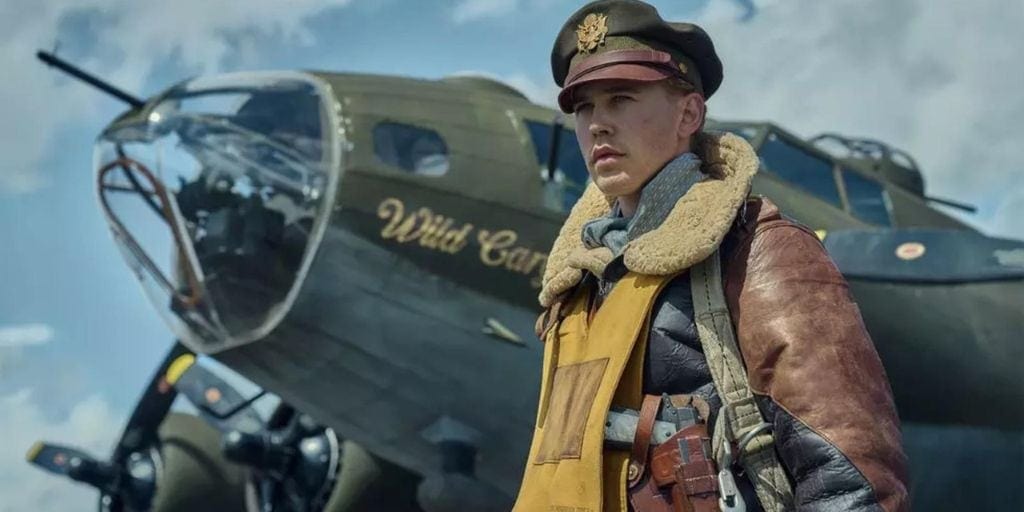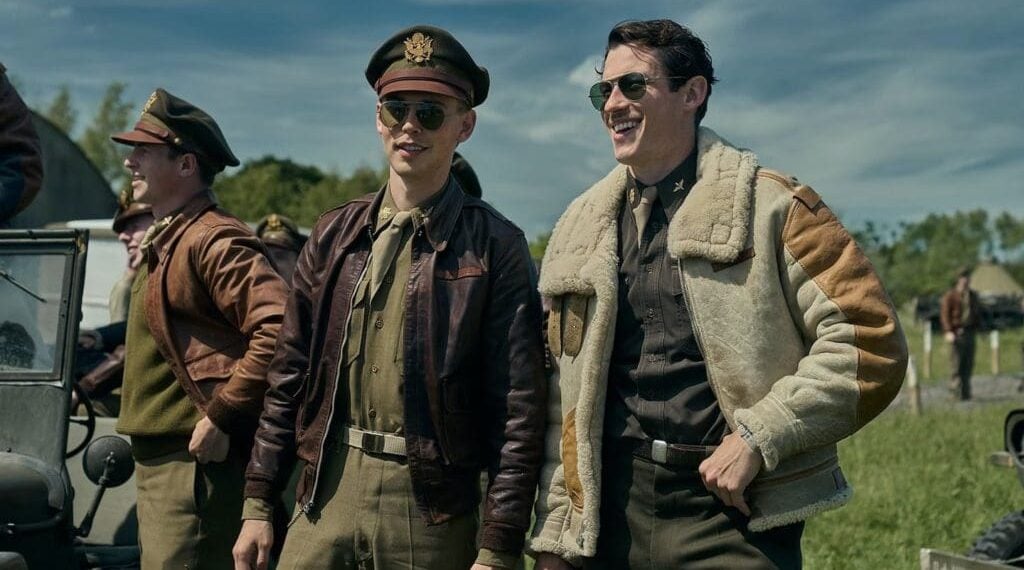The Nazis in the military drama Masters of the Air on Apple TV+ use a particularly lethal weapon called “flak” to terrible effect in many of the show’s most dramatic dogfight scenes. Masters of the Air does a great job of capturing the severity of combat and giving its characters depth, even though it isn’t nearly as outstanding as Band of Brothers.
The 100th Bomb Group is shown fighting valiantly against the erratic forces of the Nazis during World War II while aboard the Flying Fortress, and one of their primary weapons of choice is the anti-aircraft flak.
The way Masters of the Air handles its turns and pays attention to detail about the orders, weaponry, and technology that both American and Nazi German forces used during the Second World combat are among the strongest aspects of this combat drama.

One of the best aspects of Masters of the Air, despite the continual bloodshed and stressful action on show, is the true camaraderie among the airmen, which endears them to audiences among the dogfights and explosions. However, Masters of the Air’s skill in fusing dramatic moments with suspenseful action with flak makes for engaging television.
What Masters of the Air’s Flak Means and Why It’s So Dangerous?
Despite being a term used more generally in English to refer to anti-aircraft combat, “flak” was originally reserved for the show’s destructive cannon-like weapon. During World War II, the Nazis mass-produced flak, known as Fliegerabwehrkanone in Germany, and used it to strategically shoot down American and Allied aircraft from the ground.
The weapon was not without its problems, even though Masters of the Air portrays it as an almost unstoppable force of nature that practically renders any kind of resistance against it meaningless. The lack of radar technology during World War II meant that the Nazis could not have shot at their objectives with any degree of accuracy, which is one of flak’s biggest weaknesses.
Two Nazis would be his eyes and ears, advising him when to attack, while the other would focus on targeting and positioning flak at an approaching target. Even though flak was quite effective, its main purpose was to coerce the allies to drop their bombs earlier or from higher altitudes, which would produce much less precision.
Flak was extremely deadly even though it was mostly used as a diversionary rather than a destructive tool. The Eighth Air Force, as portrayed in Masters of the Air, was primarily composed of bombers that flew during the day, hence much of their battle took place during the hours when it was easiest for the Nazis to shoot them down.
As a result, 5,380 American aircraft were shot down by flak, which added to the total number of U.S. military aircraft lost to flak’s power. Given that Masters of the Air doesn’t hold back from its more graphic portrayals of battle, many sequences show off the weapons’ destructive potential in addition to their main use as a distraction.
The Nazis used all the flak they could get their hands on to shoot at the aircraft overhead during World War II, believing that this would cause the unwary pilots to lose formation, stray from the planned course, and expose themselves to ambush assaults.

Furthermore, as demonstrated in Masters of the Air, flak was extremely successful at taking down heavier aircraft, like as B-17s and B-24s, which would frequently force the Allied Forces to ditch their aircraft and surrender as prisoners of war.
The way Masters of the Air portrays dogfights and, more significantly, how the characters respond to them is one of the show’s strongest features.




